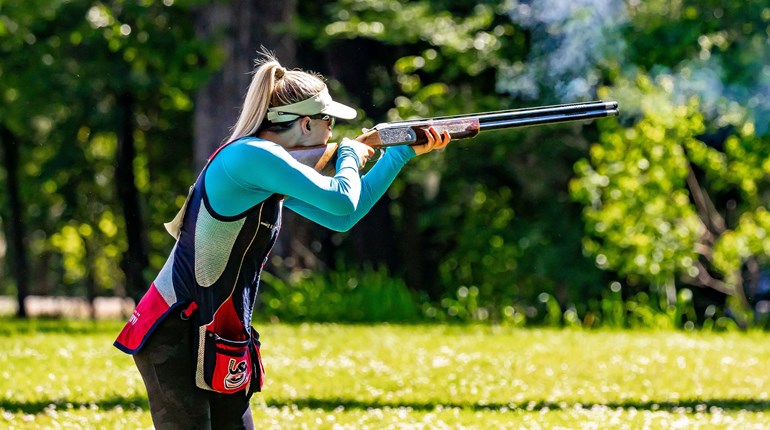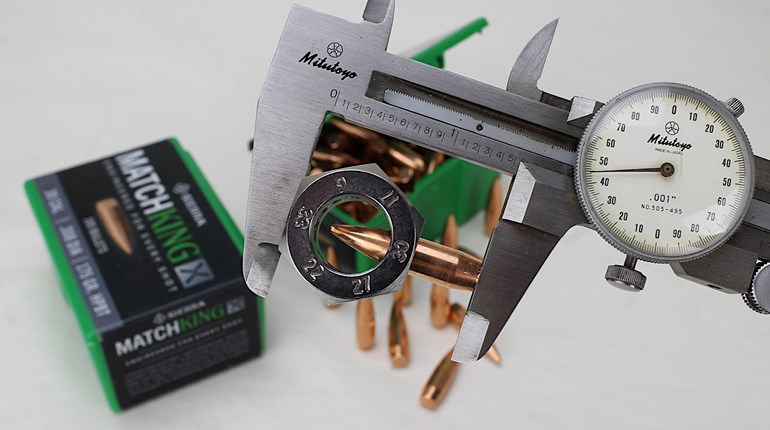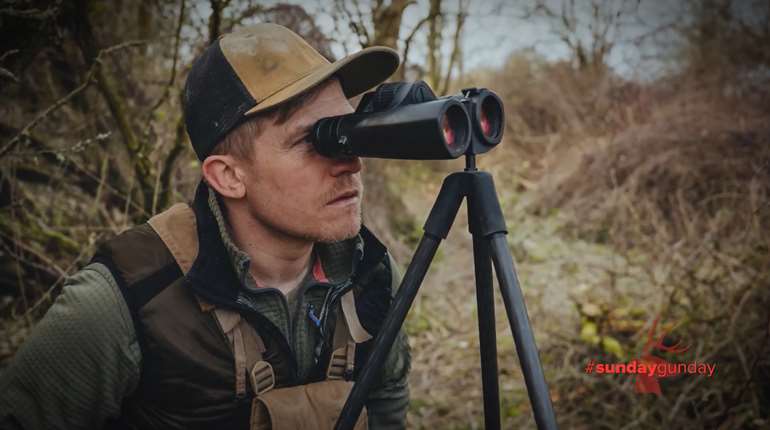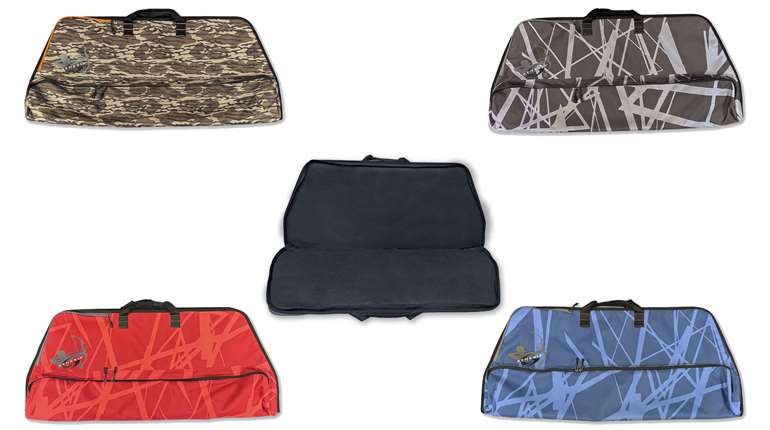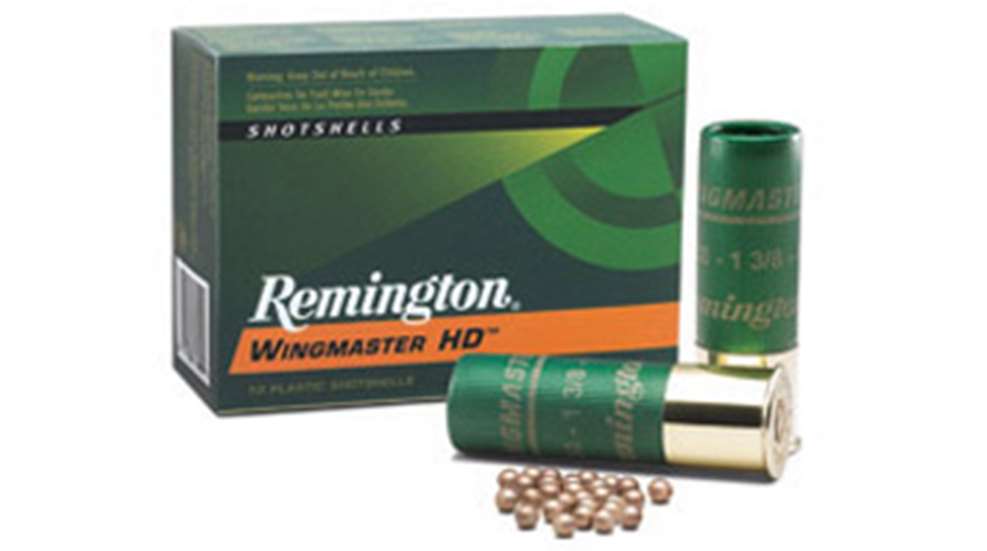
For several reasons the common eider pushes the limits of a duck hunter’s shooting equipment. This coastal heavyweight is North America’s biggest duck (drakes run 4½ to 6 pounds) and comes “armored” in plumage that’s legendary for the protection it affords against sub-arctic winters. Even so, the eider is one of the fastest flyers on record, capable of sustained speeds as high as 47 mph. If those attributes aren’t enough, consider that hunters must boat out to offshore shoals and islands, thereby enduring biting wind, pounding surf and drenching salt spray.
This is not to say that hunting eiders isn’t great fun—it most certainly is and not in small measure because the shooting can often be fast and furious, and with a daily bag of five or more birds there’s plenty of action. But you can’t get the job done right with wimpy gear or sub-par shooting skills.
I know that from personal experience. My first trip to Maine we did our best with steel shot and though we mostly managed to shoot limits, there were way too many cripples in the process. Eventually we resolved to go for head shots, and while that certainly was a better bet when the shooter did his part, some of us were slow to get into the swing. And along the way, we had to fight to keep the saltwater wiped off our shotguns or else “orange-peel” rust would start appearing in just a couple of hours.
More recently I journeyed to Stonington, Maine, to join industry friends Linda Powell and Terry Moore for a hunt with leaders of the state’s Ducks Unlimited chapter. This proved a real eye-opener in several ways and notably in the area of proper shooting tools.
As PR manager for Remington, Linda has hosted this hunt multiple times as a way to spotlight her company’s waterfowling products, and so of course we were outfitted with top-of-the-line Remington guns and loads.
Ammo
Although steel-shot performance has improved remarkably over the past two decades, many avid waterfowlers feel that tungsten-based nontoxics remain superior for the really tough jobs. The alloys used in these high-performance shells are significantly denser than steel or lead, and if not for their corresponding high price, loads like Remington Wingmaster HD (Heavy Density) would probably be everyday ammo in duck and goose blinds across America.
For most ducks I think good-quality steel shotshells work just fine. But eiders are different—they’re bigger, more heavily feathered and they can fly like the devil. Shooting conditions, because of factors like wind, precipitation and rough surf (when hunting from a floating blind) can add even more difficulty. Naturally we must take our best shots at putting these sporty birds down cleanly, and so in this waterfowling venue I believe the extra cost is justified.
At 12.0 grams/cubic centimeter, the tungsten/bronze/iron alloy used in the Wingmaster HD pellets is 10 percent denser than lead, according to Remington. The advantage is that they outpenetrate steel, lead and many competing non-toxics.
And unlike some previous non-toxic shot alternatives, Remington is able to produce perfectly round, smooth, uniform pellets as opposed to others that are typically misshapen and inconsistent in size and weight. These spherical pellets are far more aerodynamic than the misshapen ones, which translates to longer, straighter flight with greater energy retention and superior patterning, or simply put, more hits and more killing power over a wider spread of ranges.
The compound Remington uses for HD shot is also considerably softer than ultra-hard steel and other tungsten derivatives. As such, it is more responsive to choke manipulation and can be geared to give optimum patterns no matter what the shooting particulars. These pellets are less abrasive to bores and choke tubes than the harder non-toxics, but even so are not recommended for use in older, pre-steel-shot-era shotguns.
Remington offers 22 different Wingmaster HD waterfowl loads, including 10-, 12- and 20-gauge shells, ranging from BBs for geese to No. 6 for close-working ducks.
Shotguns
The shotgun we used on our Maine hunt--the Model 11-87 XCS (Xtreme Conditions Shotgun) struck me as very near perfect for saltwater gunning. My 870-totin’ buddies and those hardcases who swear by the big SP10 would howl at that notion, but by putting an exclusive new metal finish on the reliable, semi-auto 11-87 workhorse, Remington really caught my attention.
To go with its camo synthetic stock, the XCS sported a matte brown metal finish called TriNyte, originally developed for big-game and tactical rifles. Rust? Forget about it. By all measures TriNyte appeared to be the most resistant finish ever, utterly defying corroding forces ever to get at the naked steel within. I fell hard for TriNyte as a metal finish for rifles and thought that applying it to a hard-nosed shotgun was a brilliant plan. Apparently not enough waterfowlers agreed because, according to Linda Powell, “The 11-87 XCS was discontinued for 2009, subject to stock on hand. What we found was that shotgunners weren’t as interested as big-game hunters in paying the upcharge of $100+ for the TriNyte corrosion control system.”
Fortunately Remington offers a couple of very good alternatives that aren’t quite so pricey. Powell says, “The closest current offering in the Model 11-87 is the Sportsman Super Mag Waterfowl; however, considering the corrosion/scratch resistance aspect of the XCS shotgun, the closest offering now would be the Model 887 with ArmorLokt technology. ArmorLokt is a more affordable option.”
The 11-87 Super Mag Waterfowl is a butt-to-muzzle camo gun in Mossy Oak Duck Blind, and the transfer film that completely coats the stock and metal exterior is pretty tough stuff in its own right. I have seen film scratch a few times under extreme circumstances but it stands up beautifully to normal wear and tear and is a serious deterrent to rust and corrosion.
The 887, for those who haven’t seen it, is a brand-new model that Remington calls its “softest-shooting pump gun ever.” The Armor-Lokt feature is actually more than simply a finish; in fact it is an integral part of the gun’s structure that embeds the receiver and barrel in a high-tech synthetic shell completely unaffected by water, salt and other corrosive elements. And because of manufacturing efficiencies built into this design, the MSRP on this slick new pump-action is an eye-opening $399.
For more on these and other Remington shotguns go to Remington.com.
Shooting
Based on what I’ve seen, eider gunning contains elements of shooting over decoys and pass-shooting. Large strings or “sleds” of 30 or more decoys are extended in both directions from the waiting hunters, and the birds are definitely attracted. But don’t expect them to stool in feet down. More likely they’ll veer for a closer look, but probably no closer than 30 yards and are often even farther as they flap on past. Somewhere between opportunism and practicality lies maximum range, and the man calling the shots needs to be a good judge of that limitation.
For their part, shooters absolutely need to keep their swing moving. Because eiders are so big and because their wingbeats aren’t so frantic as a puddle duck’s, on first appearances I thought they were weren’t flying that fast. In many cases I was wrong, and only after making a conscious effort to lead more did I start scoring with regularity.
Wind can also be a factor because at longer ranges a serious gale can drift shot strings. This is tricky because most of us don’t have meaningful practice doping wind relative to shotgunning. But if you’re repeatedly missing behind the birds—because of wind or whatever reason—the correction is more lead.
One thing that can work in your favor when shooting eiders is that because they often fly low to the water, it’s entirely possible to see where patterns are hitting relative to the birds. Having a partner spot your shots can be especially helpful in tracking misses.













